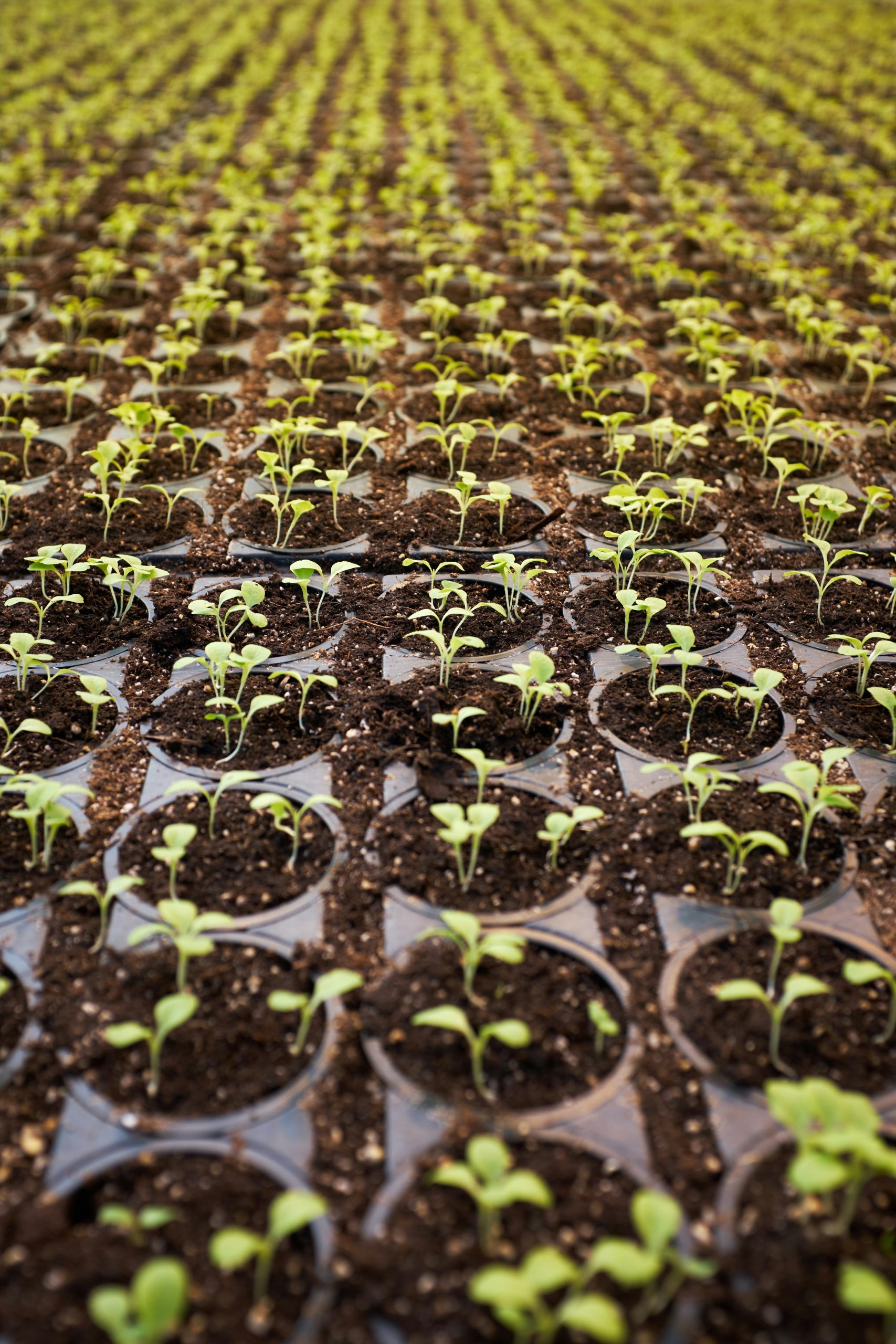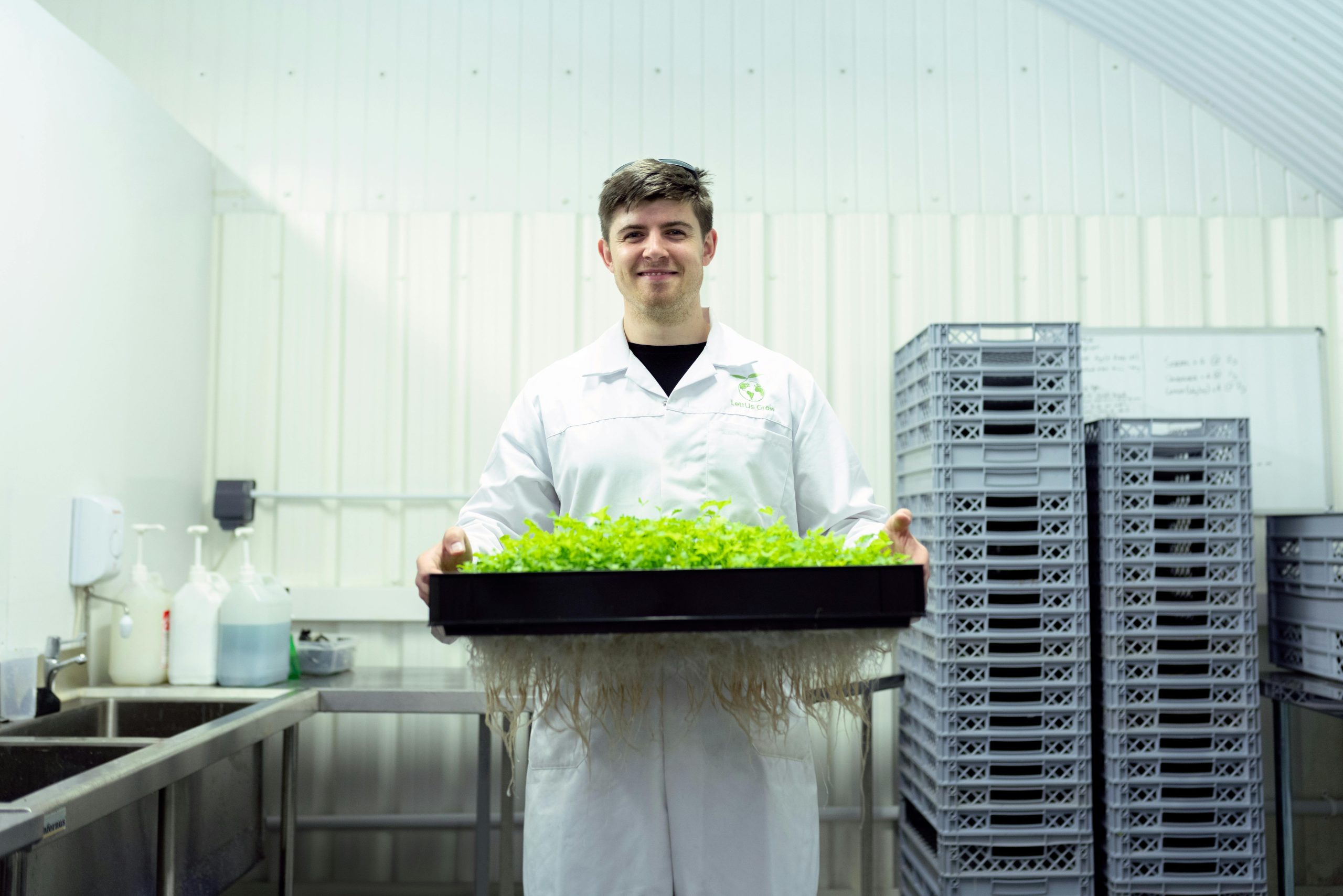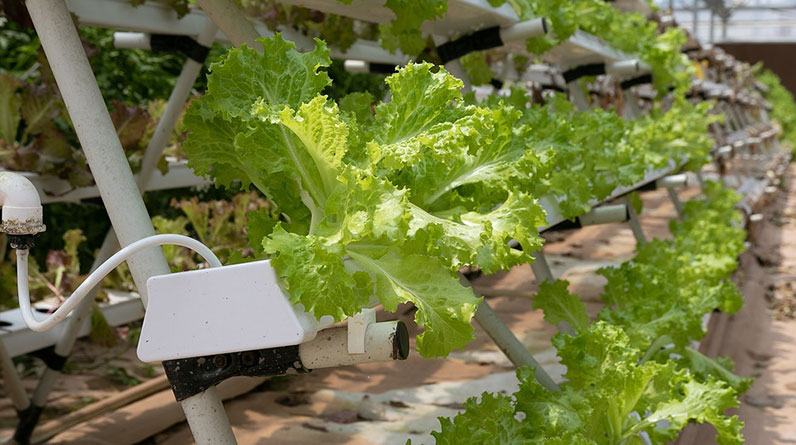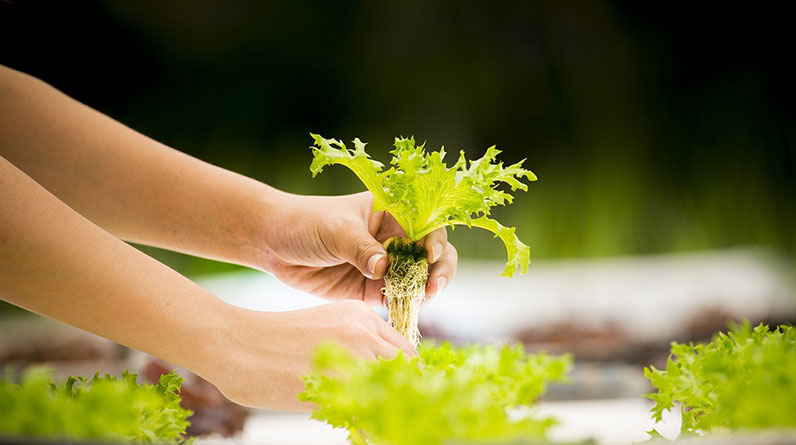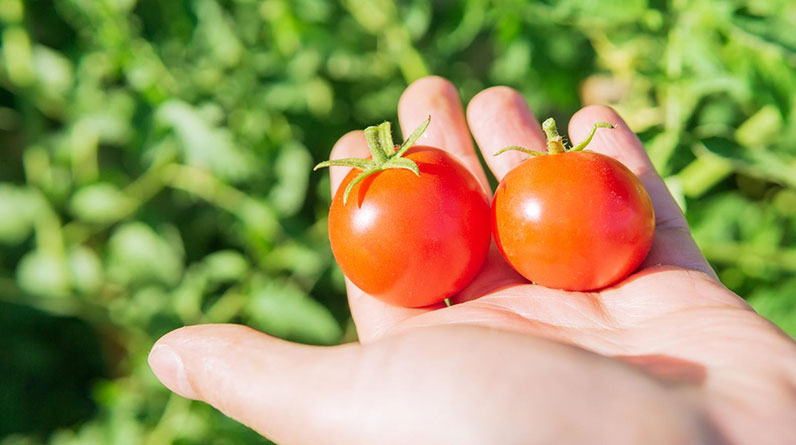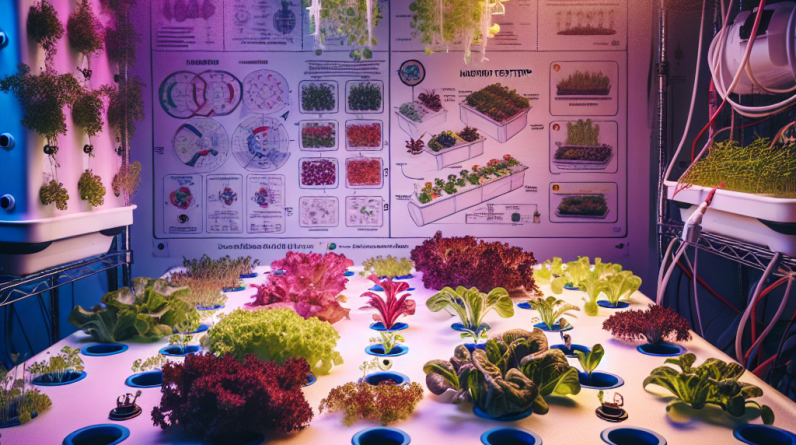
Choosing the Right Hydroponic System
Understanding Different Systems
When I first jumped into hydroponics, the sheer variety of systems made my head spin! From Nutrient Film Technique (NFT) to Deep Water Culture (DWC), each system has its unique perks. NFT is super efficient for leafy greens, while DWC is fantastic for those big, juicy tomatoes!
Researching each method is crucial. I spent hours poring over articles and videos, trying to find what worked best for my space and crop choices. The right system can make all the difference in your success—trust me on this one.
Remember, your choice also affects maintenance and how much technical know-how you’ll need. It’s a bit like choosing a pet; you want to make sure you can handle the commitment!
Assessing Your Space
One thing I learned early on is that your physical space really matters. Are you working with a small closet, a spacious garage, or maybe a backyard? Your available options greatly depend on the space you have. I started small, using a corner of my kitchen with a basic setup.
Lighting plays a critical role. If you’re indoors, consider getting some grow lights. I found that natural light isn’t always dependable, especially during the cloudy months, so supplementation became my best friend.
Also, think about ventilation. Good airflow can make or break your plants. I tend to keep a small fan nearby to keep the air circulating. It’s like giving your greens a gentle breeze—they seem to thrive on it!
Budgeting Your Hydroponic Setup
Let’s talk cash. Hydroponics can be as cheap or as pricey as you make it. When I first started, I wanted to minimize costs, but I made a few splurges on essential components that have paid off in terms of plant health. Trust me, don’t skimp on quality lights or pumps!
Creating a budget also helps with deciding between DIY solutions or pre-made kits. I opted for a hybrid approach, building some systems myself (with a lot of trial and error) while purchasing others to save time.
Once you’ve established a basic setup, remember to factor in ongoing costs like nutrients and replacement parts. It’s not a one-and-done deal; ongoing investment is key to keeping everything flourishing.
Plant Selection and Nutrient Management
Choosing the Right Plants
Choosing what to grow was one of my favorite parts. I started with herbs—basil, mint, and thyme—since they’re easy and add magic to my dishes. Plus, watching them grow brought me so much joy. It felt like I was nurturing little green friends!
If you’re new, going for fast-growing crops like lettuce or spinach can give you that initial “wow” factor while you learn the ropes. They’re forgiving and really boost your confidence as a grower.
As you gain experience, you can venture into more challenging plants like peppers or even strawberries. Changing things up can keep your hydroponic journey exciting.
Nutrient Solutions
Nutrient management can feel tricky at first, but I promise it gets easier. For a newbie, I recommend commercial nutrient solutions that are mixed specifically for hydroponics. They come with clear instructions, which is super helpful.
Over time, I learned to tweak my nutrient levels based on the growth stage of my plants. Younglings need a different blend than those nutrient-hungry fruiters! Keep an eye on growth and adjust accordingly.
And don’t forget to monitor pH levels. Investing in a pH meter is one of the best decisions I made—it helps ensure your plants are both thriving and happy.
Maintaining Your Hydroponic Garden
Daily Maintenance Tasks
Daily maintenance doesn’t sound glamorous, but it’s so crucial! Each morning, I check the water levels and ensure it’s clean. A little daily care goes a long way, making your plants less prone to disease.
Also, I’ve learned the importance of checking for pests. Luckily, I haven’t faced a huge infestation, but a quick look can prevent a small issue from turning into a big headache.
Finally, keep track of your plants’ growth. Journaling can also help you identify patterns over time, which was something I didn’t realize I would find both useful and rewarding!
Adjusting Environmental Factors
Humidity and temperature adjustments are essential. I keep a thermometer and hygrometer on hand to ensure everything’s on track. You’d be surprised at how a slight change can impact growth!
Managing light exposure is as essential as watering. Too much light can cause stress (I’ve burned my poor plants before!) while too little can hinder growth. Adjust your lights based on the plants and season.
If things seem off, don’t panic. Reflect, make adjustments, and a little trial and error can lead you to the right balance. Growers are problem solvers, after all!
Harvesting and Enjoying Your Hydroponic Bounty
Knowing When to Harvest
The thrill of harvesting is the best part! I usually rely on my instinct mixed with experience. A good rule of thumb is to enjoy greens when they’re vibrant and full. Don’t wait too long, or they might get bitter!
Each plant has its own “harvest window.” Leafy greens can usually be cut when they reach a good size. For fruits, be sure to check their color and feel—trust your gut and enjoy those fresh picks!
Remember, harvesting stimulates new growth in many plants, so don’t be shy! Go ahead and snack on your leaves and gather your tomatoes as they ripen—all while enjoying that sweet satisfaction!
Cooking and Sharing the Produce
Now comes the fun part—cooking with your produce! I love whipping up fresh salads and experimenting with herbs in my dishes. There’s something so fulfilling about using food you’ve grown yourself. It tastes way better, too!
Share the bounty! I often give some to friends and family. Seeing their excitement is just as special as enjoying it myself. Plus, sharing knowledge and tips can spark interest in hydroponics among others.
Consider starting a little community with fellow growers. It’s a great way to exchange tips, seeds, and maybe even recipes—making the hydroponic journey even richer!
FAQ
1. Is hydroponics suitable for beginners?
Absolutely! Hydroponics can be tailored to fit any skill level. Starting with easy plants like herbs or lettuce is a great way to ease into it.
2. Do I need a lot of space to start?
Nope! Many hydroponic setups can be small and fit nicely in apartments or homesteads. You can even start with a countertop system!
3. What plants grow best in hydroponics?
Leafy greens, herbs, and even strawberries thrive in hydroponic systems. As you gain experience, you can try more challenging plants.
4. How much time do I need to dedicate?
Daily checks take only about 15-30 minutes, while bigger tasks like nutrient adjustments might require a bit more time once a week. It’s manageable!
5. What’s the biggest challenge with hydroponics?
Many find balancing nutrient levels and monitoring plant health the trickiest part. But don’t worry! Trial and error helps you learn quickly.




